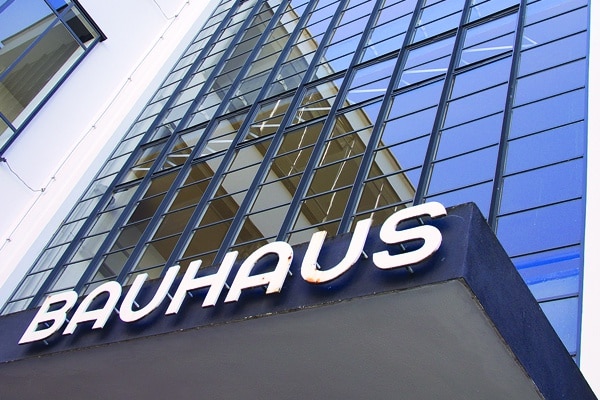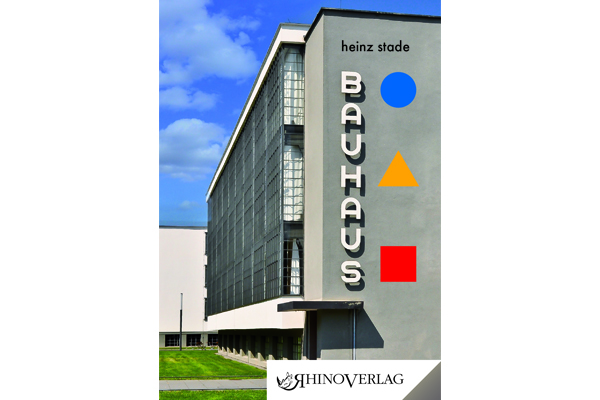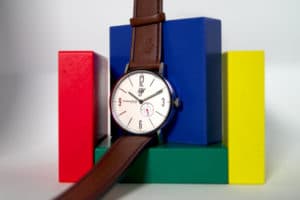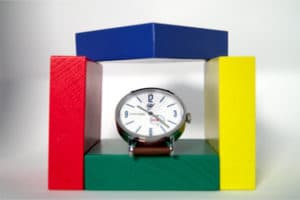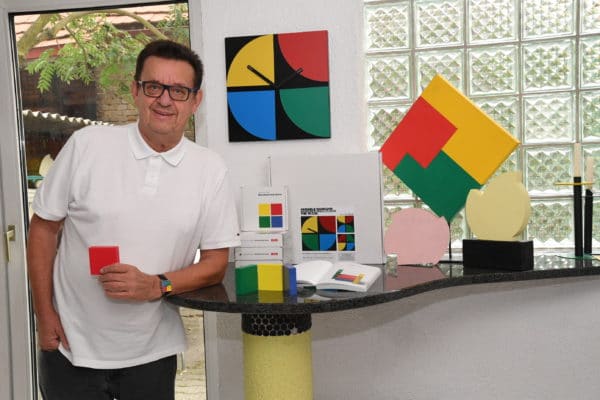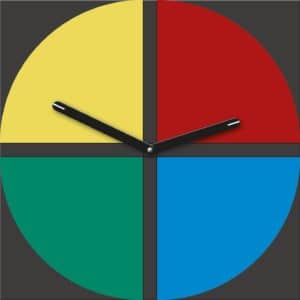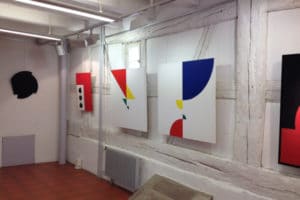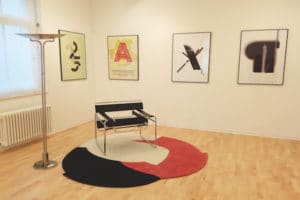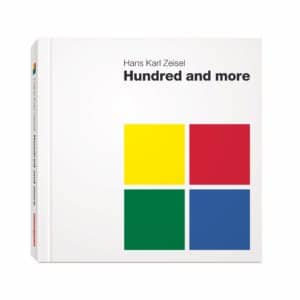A Berlin Ruinology
Chris Wunsch
But what ruins are there, piled – layer upon layer – upon one other ? And what secrets lie beneath ?
Teufelsberg is not the site of one ruin, but of many. Beneath the rubble of WWII Berlin lies the ruins of Germania. A forest covers the mountain, and perched on top are the ruins of an Allied forces' listening station.
And city air meet: a place to escape to, a places to breathe. Above all it is a place of longing: a place to reflect on other places, and other times.
„Berlin is not ugly. It just dosn't have any surface. Because if Berlin would be finished, with a homogeneous protective layer, then it would no longer stimulate imaginations, people would no longer be premanently invited to grapple with their enviroment (….)“
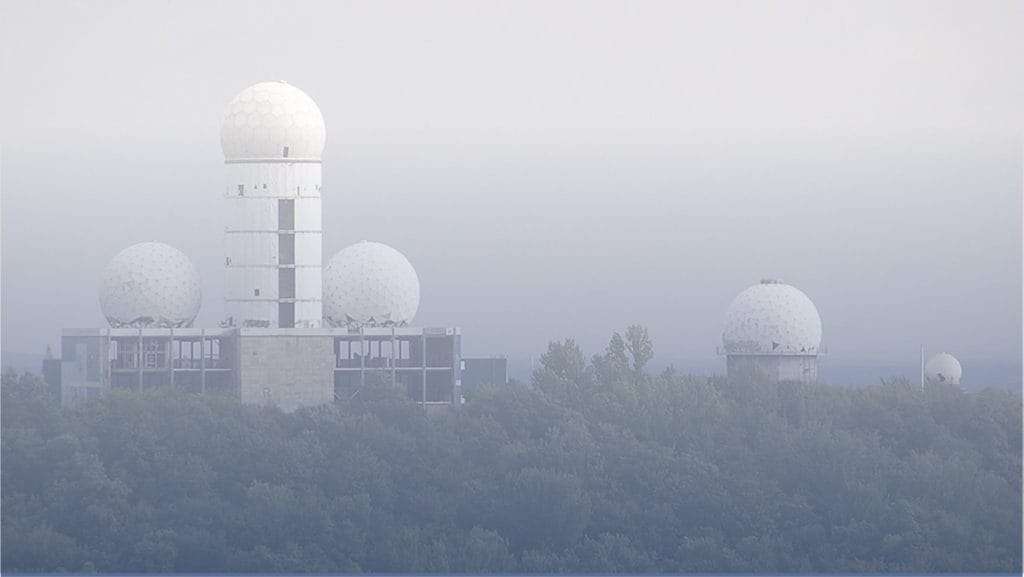
It is Berlin's Sehnsuchtsmotiv ( motif of longing ), but sans sentimentality or distortion, without sorrow or pathos. The popularity of Teufelsberg reflects the desire for people to find their own path instead of being shown the way. In a word where ever far-flung corner has been interpreted and narrated, people search for spaces they can discover, places where they can have there own unique experiences and develop their own tales

These places are often closer to home than you may think. As one visitor proposed, at Teufelsberg you can discover your own city, as if it were a far away place.
It may just be the last great adventure the city has to offer.
.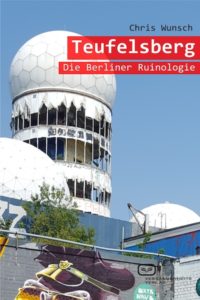
Words taken from :
TEUFELSBERG, Die Berliner Ruinologie, by Chris Wunsch
published by : Vergangenheitsverlag/Berlin
Publisher and Shop


